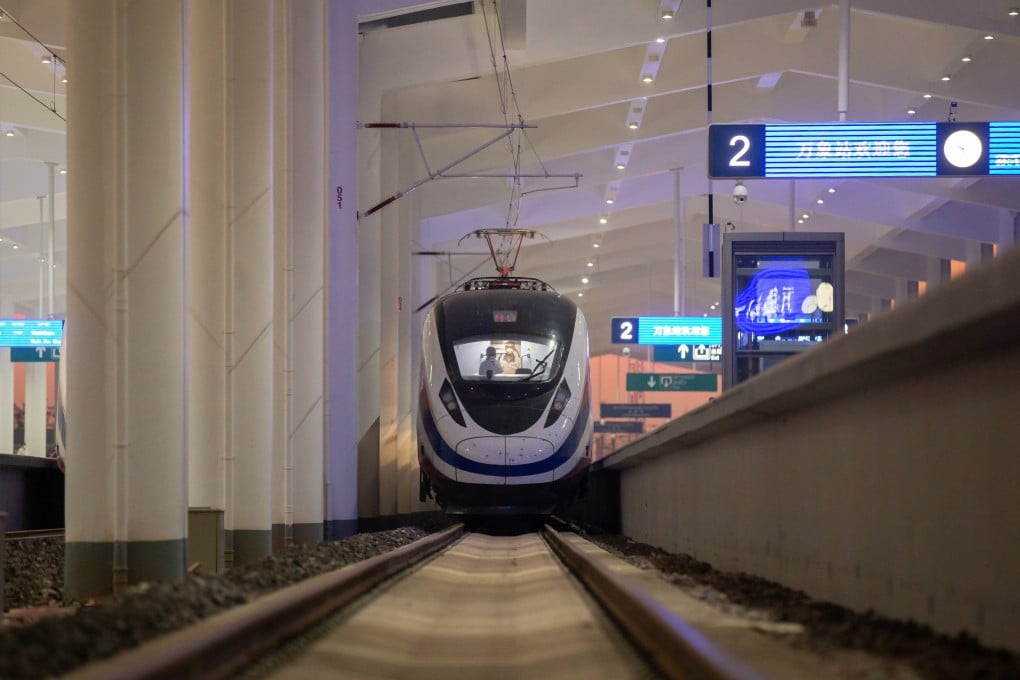As China-backed belt and road railway opens, high-speed change heads to Laos
- The 1,000km-long railway linking Vientiane to China’s Kunming promises to cut freight costs and bring an influx of Chinese tourists and cash into Laos
- Its opening is seen as a boon for Beijing’s belt and road plans for the region, but not everyone in the impoverished Southeast Asian nation is on board

Constructed in five years using Chinese engineering and manpower for a total cost of some US$9 billion, the 1,000km-long railway from Kunming in China’s Yunnan province to the Laotian capital of Vientiane cuts through mountains and ravines via dozens of tunnels and bridges.
With a top speed of 160km/h, trains on the line will be capable of whisking tourists and businesspeople from China to Laos in less than a day, as exporters in the Southeast Asian nation look forward to quickly sending their goods back north.

“The railway has turned Laos’ disadvantage as a landlocked nation into an advantage,” said Valy Vetsapong, Lao National Chamber of Commerce and Industry vice-president, citing an expected logistics and export boom.
“Laos used to pay high prices for freight, but now we’re going to be transporting freight ourselves,” she said, adding the country with a GDP per capita of US$2,600 “will become an investment battlefield for surrounding countries all because of the railway”.